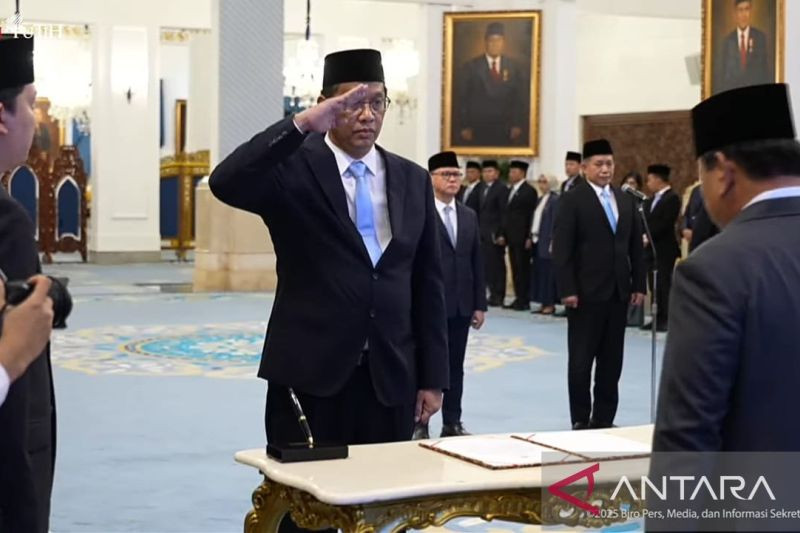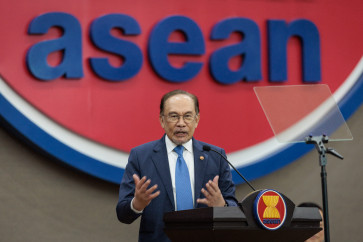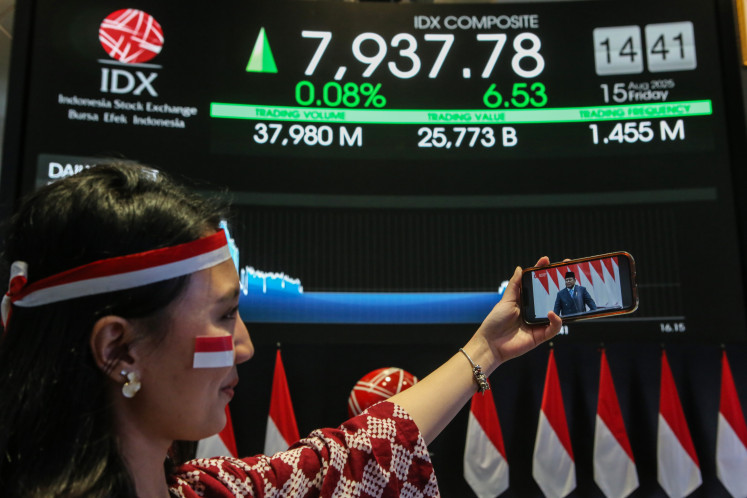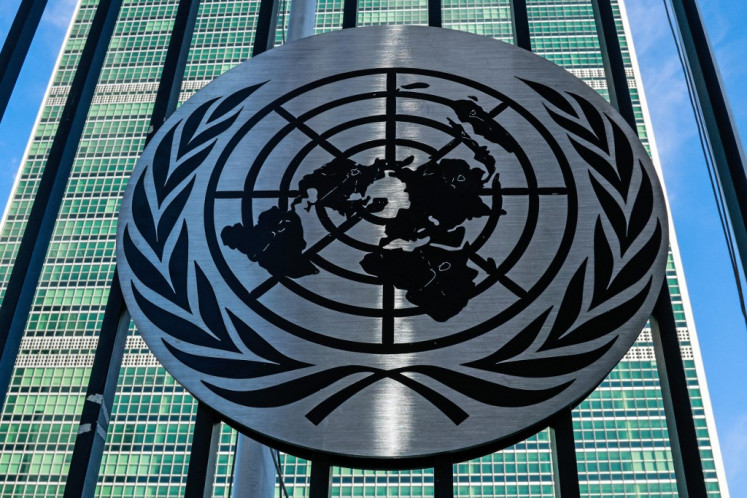Popular Reads
Top Results
Can't find what you're looking for?
View all search resultsPopular Reads
Top Results
Can't find what you're looking for?
View all search resultsPurbayanomics and the Rp 200 trillion question
Stimulus drawn from reserves can jolt the economy today, but it also narrows Indonesia’s room for maneuver tomorrow.
Change text size
Gift Premium Articles
to Anyone
W
hen Purbaya Yudhi Sadewa attended his first hearing as finance minister at the House of Representatives on Sept. 11, he wasted no time. His prescription for sluggish growth was bold: Inject Rp 200 trillion (US$12 billion) into the banking system to jump-start the economy.
Indonesia does have a war chest. At the end of 2024, the government was sitting on Rp 457.5 trillion in Sisa Anggaran Lebih (SAL, excess budget funds), idle cash from years of underspending parked at Bank Indonesia (BI).
Under his predecessor Sri Mulyani Indrawati, SAL was treated as a rainy-day fund, a cushion against global volatility or fiscal shocks. Yet her prudence may also have been shaped by the weight of domestic commitments waiting in the wings.
With programs such as free meals for schoolchildren, rural Red and White cooperatives and community schools looming on the fiscal horizon, preserving SAL may have been as much about cushioning tomorrow’s obligations as about shielding against external storms.
Purbaya, however, appears ready to flip the script. Rather than keeping SAL locked away for contingencies, he has signaled a possible shift toward mobilizing it as stimulus. This has not been confirmed, but it is hard to imagine any other source large or flexible enough to finance such an injection.
The government could issue new bonds, raise taxes or reallocate subsidies, but each option carries drawbacks. Fresh bond issuance risks crowding out private credit and unsettling investors. Higher taxes would dampen demand just when growth is being nudged. Subsidy cuts are politically fraught.
By process of elimination, SAL stands out as the most feasible pool of liquidity.
The calculation is appealing. Rp 200 trillion placed into the banking system, multiplied by a money velocity of around 2.3 to 2.5, could expand into roughly Rp 500 trillion in liquidity, equal to about 2 percent of gross domestic product (GDP). Money velocity measures how many times each rupiah turns over in the economy within a year.
A higher velocity means money circulates quickly, fueling transactions and growth. A lower velocity means money sits idle. In recent years, Indonesia’s velocity has hovered around 2.2 to 2.4, lower than during the commodity-fueled mid-2000s, when base money expansion coincided with faster credit growth.
This time, the government wants to close the escape hatches. Banks would be barred from recycling the placement into government bonds or BI instruments. Instead, they would be pushed to channel it into credit and corporate bonds. In theory, that means the money flows straight into the real economy, financing investment and consumption.
History offers a useful reference point. Under president Susilo Bambang Yudhoyono, base money expanded more than 17 percent annually, while GDP growth averaged 6 percent. Under Joko “Jokowi” Widodo, base money growth slowed to around 7 percent and GDP settled closer to 5 percent.
For Purbaya, the conclusion is straightforward: Liquidity matters.
Yet history is rarely that simple. Yudhoyono governed in the middle of a commodity supercycle. Revenues from coal, palm oil, and oil and gas poured into the state budget, creating room for stimulus.
When the global financial crisis hit in 2008, Yudhoyono could deploy a Rp 73 trillion package, reallocate fuel subsidies and lean on standby loans from the World Bank, the Asian Development Bank (ADB) and the Japan International Cooperation Agency (JICA). Debt fell from 56 percent of GDP in 2004 to just 24 percent by 2012. BI built reserves to $124 billion by 2011. The cushion was windfalls.
Today, the picture is very different. Global trade is slowing, commodities are volatile rather than booming and Indonesia’s debt ratio is closer to 38 percent of GDP. The cushion now is cash reserves accumulated over years of underspending, not windfalls. Stimulus drawn from reserves can jolt the economy today, but it also narrows Indonesia’s room for maneuver tomorrow.
Foreign exchange holdings, fiscal rules and banking capital remain as shields, yet they would be carrying more weight than before. Which is why the conversation should not only be about liquidity.
Liquidity injections can revive momentum in the short run. They buy time and give the economy a spark, but they cannot carry growth on their own. Lasting gains still depend on easing structural bottlenecks, from clogged logistics to regulatory complexity and weak legal certainty.
The challenge is compounded by Indonesia’s own expensive commitments. President Prabowo Subianto’s populist programs are strategically important but carry heavy fiscal implications. They are the elephants in the fiscal room.
The free meals program is designed to improve child nutrition and school attendance, but if scaled nationwide it becomes a recurring multi-trillion rupiah obligation year after year. The establishment of 80,000 rural cooperatives has already tapped Rp 16 trillion in state balances under Sri Mulyani. The new scheme of community schools adds another layer of recurring costs tied to expanding access to education.
Seen in this light, Sri Mulyani’s decision to build up reserves looks less like hoarding and more like foresight. By saving nearly Rp 500 trillion at BI, she left a cushion for precisely these kinds of long-term pressures.
That is why the Rp 200 trillion plan is not just about numbers. It is about philosophy. In the Yudhoyono era, Indonesia could rely on commodity windfalls to build buffers and steadily reduce debt. Finance ministers such as Boediono and later Sri Mulyani managed the fiscal position during that period of plenty, allowing the government to reduce debt while still maintaining stimulus during the global financial crisis.
In more recent years, Sri Mulyani’s second stewardship at the Finance Ministry reflected a different approach, one that emphasized fiscal discipline and the preservation of cash balances as insurance against shocks and future obligations.
Now, with Purbaya at the helm, the conversation shifts again, toward using those reserves more actively as a direct stimulus for growth.
Whether it shines or stumbles, Rp 200 trillion is now part of the story. Call it “Purbayanomics”, but do not forget that liquidity is only half the plot.
.***
The writer is a senior vice president at a state-owned bank. The views expressed are personal.











